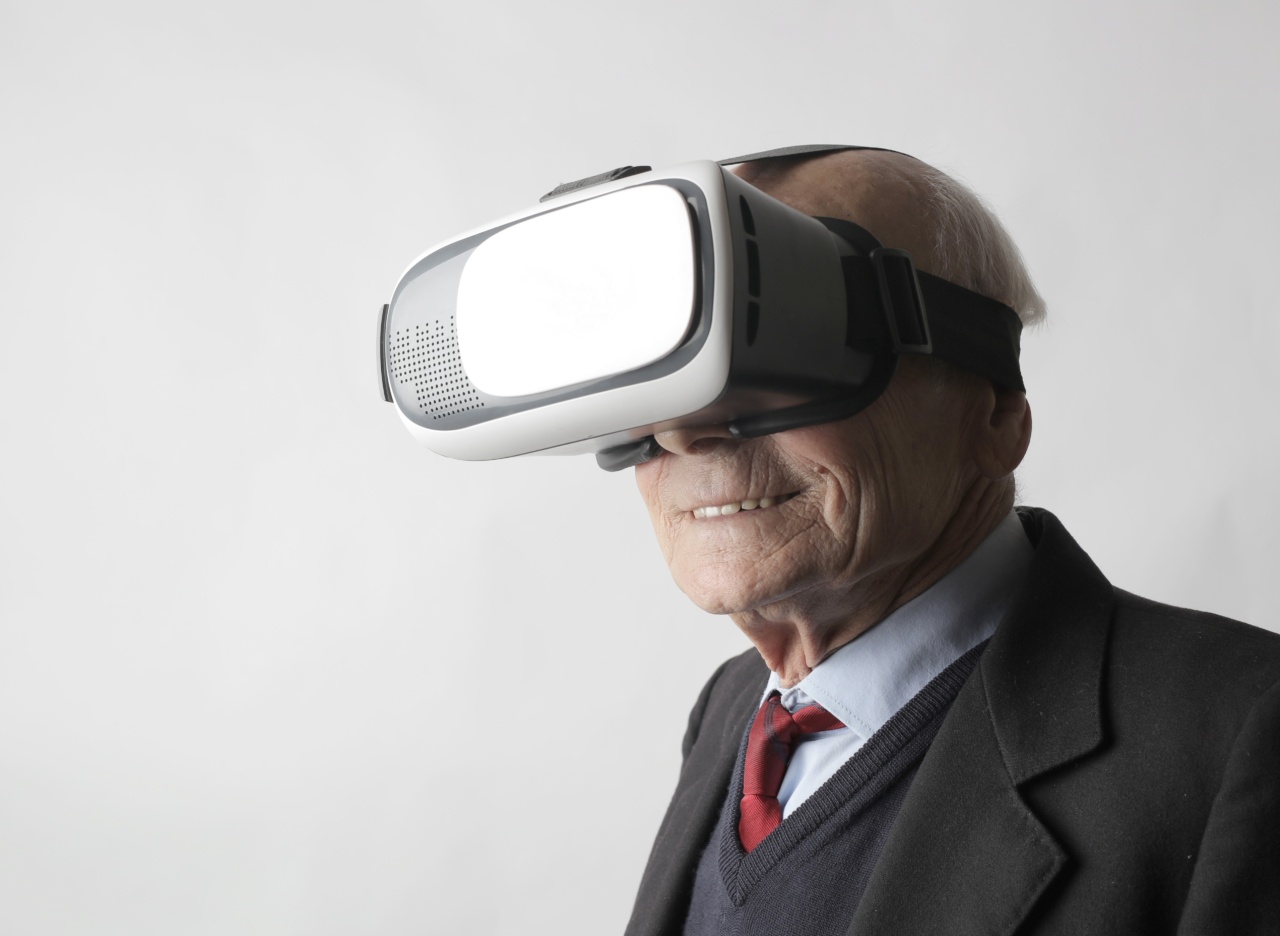Autism spectrum disorder (ASD) is a neurodevelopmental disorder that affects individuals in various ways.
It is characterized by persistent challenges in social interaction, communication, and restricted, repetitive patterns of behavior, interests, or activities. While there is no cure for autism, therapy and intervention can significantly improve the quality of life for individuals on the spectrum.
In recent years, innovations in virtual reality (VR) technology have shown great promise in enhancing autism therapies. This article explores the use of virtual reality in autism therapies and the potential benefits it offers for individuals with ASD.
Understanding Autism Therapies
There are various types of autism therapies available, ranging from behavioral and communication therapies to occupational and sensory therapies.
These therapies aim to address the specific challenges faced by individuals with autism and help them develop crucial skills and coping mechanisms. The traditional approach to these therapies involves face-to-face interactions with therapists in real-world settings.
The Rise of Virtual Reality
Virtual reality, a technology that creates immersive, computer-generated environments, has gained tremendous popularity in recent years.
Initially used primarily for entertainment purposes, VR has evolved to find applications in several domains, including healthcare and therapy. The interactive and immersive nature of VR makes it a promising tool for addressing the core challenges individuals with autism face.
Benefits of Virtual Reality in Autism Therapies
Virtual reality offers several unique advantages that make it a valuable tool in autism therapies:.
1. Safe and Controlled Environment
Virtual reality provides a safe and controlled environment for individuals with autism to practice and generalize social and behavioral skills.
They can interact with virtual characters and environments that mimic real-world scenarios, enabling more realistic and meaningful experiences. This controlled environment allows therapists to create tailored interventions and gradually expose individuals to challenging situations at a pace they can handle.
2. Personalized Learning Experiences
VR technology allows therapists to customize therapy sessions to cater to the individual needs and preferences of each person on the autism spectrum.
By adjusting the difficulty level, pacing, and sensory input in virtual environments, therapists can create personalized learning experiences that are engaging and effective. The ability to tailor interventions and adapt them in real-time ensures that therapy remains dynamic, relevant, and suitable for each individual.
3. Enhancing Social Skills
One of the core challenges faced by individuals with autism is social interaction. VR provides a unique platform for practicing and refining social skills in a safe and non-judgmental environment.
Virtual scenarios can be designed to simulate various social situations, such as engaging in conversations, making eye contact, or interpreting facial expressions and body language. Through repeated exposure and targeted feedback, individuals can gain confidence and improve their social skills.
4. Addressing Sensory Difficulties
Many individuals with autism have sensory processing difficulties, where they may be over or under-sensitive to certain sensory stimuli.
VR therapy can be used to create controlled sensory environments where individuals can gradually desensitize to specific sensory triggers or learn to regulate their responses. Therapists can adjust the audio, visual, and tactile elements of the virtual environment to match the individual’s sensory preferences and gradually expose them to increasingly challenging stimuli.
5. Generalization of Skills
One of the challenges in traditional therapy approaches is the generalization of skills learned in therapy sessions to real-world settings.
VR therapy can help bridge this gap by simulating real-world scenarios and allowing individuals to practice skills in different contexts. By repeatedly practicing skills in virtual environments, individuals can develop the ability to transfer these skills to their daily lives, making therapy more effective and impactful.
Applications of VR in Autism Therapies
Virtual reality has found applications across various domains within autism therapies. Some notable examples include:.
1. Social Skills Training
VR therapy has been used to enhance social skills in individuals with autism. Through virtual scenarios, therapists can provide opportunities for practicing conversation, non-verbal cues, and other essential social skills.
The immersive nature of VR helps individuals become more comfortable and confident in social interactions.
2. Emotion Recognition and Regulation
Individuals with autism often struggle with recognizing and regulating emotions.
VR therapy can present interactive scenarios where individuals can learn to identify and interpret facial expressions, vocal intonations, and body language associated with different emotions. Therapists can provide immediate feedback and guidance to help individuals improve their emotional understanding and expression.
3. Behavioral Interventions
Virtual reality can be used as a tool to implement behavioral interventions for individuals with autism.
By creating virtual environments that replicate common triggers or challenging scenarios, therapists can help individuals develop strategies to manage their behavior effectively. The ability to identify and modify behaviors within a virtual setting allows for targeted intervention and progress tracking.
4. Cognitive Skills Development
VR technology can be utilized to improve cognitive skills, such as attention, memory, and problem-solving, in individuals with autism.
By presenting engaging and interactive tasks in virtual environments, therapists can enhance cognitive abilities while maintaining the individual’s interest and motivation. The immersive nature of VR can help individuals better focus and concentrate on specific tasks.
Challenges and Future Directions
While virtual reality holds great potential in autism therapies, there are certain challenges that need to be addressed for its widespread adoption:.
1. Cost and Accessibility
VR technology can be expensive, making it inaccessible for many individuals or therapy centers. However, as the technology continues to advance, costs are expected to decrease, making it more affordable and widely available.
Additionally, advancements in mobile VR platforms have made it more accessible by reducing the need for high-end computing equipment.
2. Technical Limitations
VR technologies are still evolving, and some technical limitations exist. For example, the resolution and visual fidelity of virtual environments can sometimes be subpar, affecting the realism and immersion.
Motion sickness is another concern that needs to be carefully addressed to ensure a comfortable experience for individuals with autism.
3. Integration with Traditional Therapies
Integrating virtual reality into existing therapy frameworks presents its own set of challenges. Therapists need appropriate training to effectively utilize VR technologies and incorporate them into their practice.
Collaborative efforts between VR developers, therapists, and researchers are crucial to identify the most effective ways to integrate VR into traditional autism therapies.
Conclusion
Virtual reality has the potential to revolutionize autism therapies by providing a safe, personalized, and immersive platform for individuals on the spectrum to learn and develop crucial skills.
The advantages of VR, such as the ability to create controlled environments, customize experiences, and enhance social and behavioral skills, make it a valuable tool in autism interventions. As technology continues to advance and become more accessible, virtual reality is poised to play an increasingly significant role in enhancing the lives of individuals with autism.




























